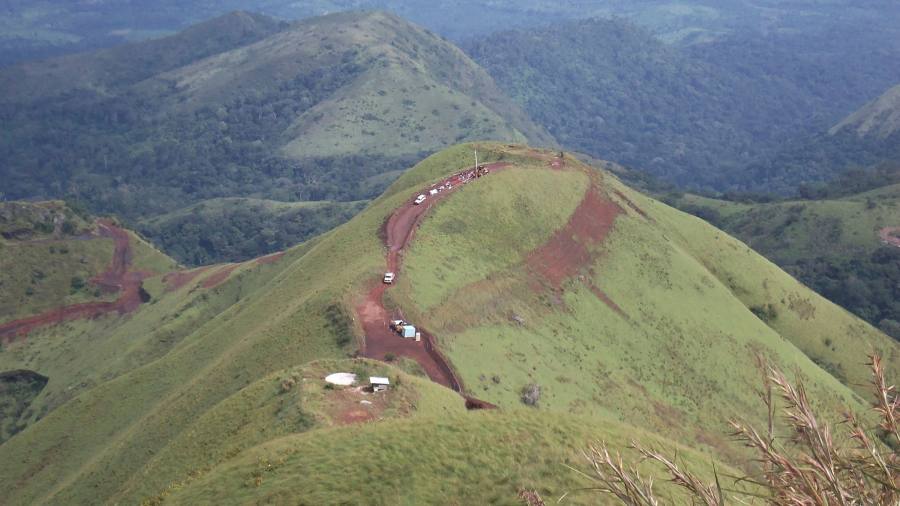[ad_1]
A company controlled by billionaire mining investor Robert Friedland has raised $200m for the development of a large iron ore deposit in an environmentally sensitive part of Guinea.Â
The funds received from an equity issue will help High Power Exploration, a private US company run by Friedland, accelerate work on the Nimba project, where it is targeting initial production of 15m tonnes a year.
Guinea has some of the world’s highest grade iron ore, including the giant Simandou deposit, but the west African country has failed to export any of the material even though prices for the steelmaking ingredient have boomed since a trough in 2016.
“Nimba will be the first major iron ore exporter from Guinea,†said Guy de Selliers, chairman of the Société des Mines de Fer de Guinée, the entity that owns Nimba, in an interview with the Financial Times. “This is the caviar of iron ore,†said de Selliers. SMFG is 85 per cent owned by HPX and 15 per cent by the government of Guinea.
Simandou has been the subject of numerous battles between Rio Tinto, Vale and BSGR, the mining company of Israeli businessman Beny Steinmetz, while other projects have also been stymied by legal rows and a lack of infrastructure.
Guinea’s president Alpha Condé is trying to change that and his government has said it will allow some smaller iron ore deposits such as Nimba to export iron ore by rail through neighbouring Liberia. The China-backed consortium developing Simandou, however, will have to build a 650km trans-Guinean railway linking the deposit with a deepwater port on the coast.
If Guinea is able to exploit its huge endowment of iron ore, it could redraw the map for one of the world’s most important commodities and provide China’s vast steel industry with a new source of supply. China currently buys most of its ore from Australia. An ore industry would also provide a much needed source of foreign income for Guinea, one of the world’s poorest countries.
Located in the south-east of Guinea, Nimba is estimated to hold about 1bn tonnes of the commodity. Its ore is high grade with an iron content of 65 per cent.
As the steel industry looks for ways to reduce carbon emissions, demand for this type of ore, which can improve blast furnace productivity and efficiency, is expected to grow.
HPX, which bought the project in 2019, is targeting first exports by 2025-2026 and said the mine will ultimately produce 30m tonnes a year.
However, the project faces a number of challenges. Nimba sits adjacent to a Unesco heritage site, which is a biodiversity hotspot, and it will only be able to secure the environmental permits needed to start construction if the project receives the blessing of the World Heritage Committee.
The World Bank’s insurance arm, known as the Multilateral Investment Guarantee Agency, has provided the project with political risk cover.
“It is a strong endorsement of our environmental approach. They would not approve the risk insurance if they felt we were cowboys,†de Selliers said. “Hardly any junior mining company has a MIGA policy.â€
Iron ore soared in the past year on the back of strong demand from China, the world’s biggest consumer of raw materials. It has doubled to a 10-year high of $175 a tonne.
[ad_2]
Source link





